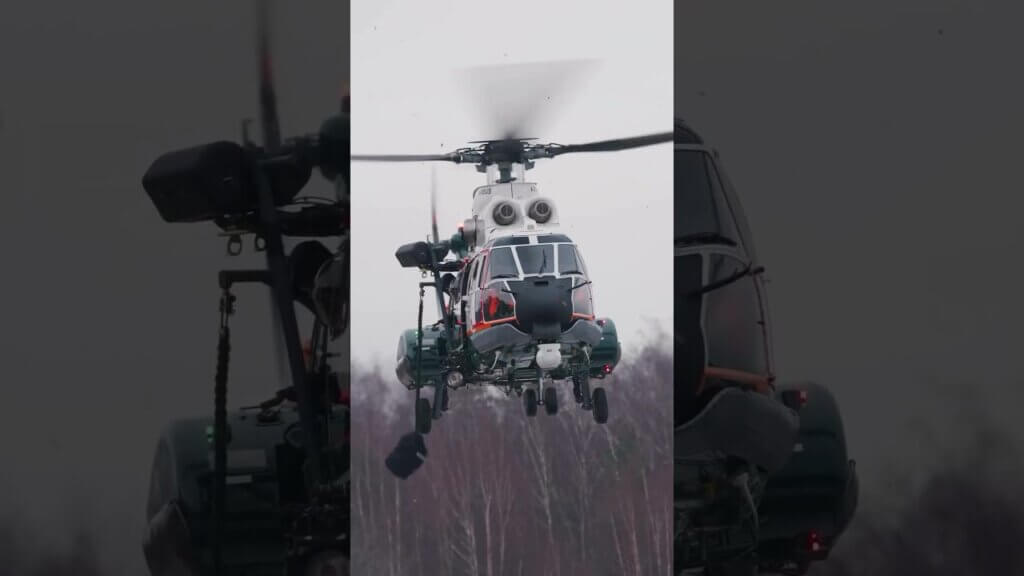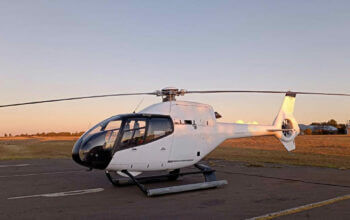Norwegian investigators are still looking for the root cause of the Airbus Helicopters H225 crash that claimed 13 lives near Turoy, Norway, on April 29, 2016, continuing their metallurgical analyses and scrutinizing certification aspects.
The aircraft (LN-OJF), operated by CHC Helicopter, had been returning to Bergen Airport Flesland from the Gullfaks B platform in the North Sea when a catastrophic failure resulted in its main rotor head and mast detaching in flight. Norwegian investigators had already said a fatigue fracture in the main gearbox was the most likely cause.
In an investigation update released today (Feb.2), the Accident Investigation Board of Norway (AIBN) said it still has to complete work on mapping and understanding why fatigue cracks can form and evolve. The fracture propagated in a manner unlikely to be detected by existing systems, according to the AIBN.
The primary focus of the probe is “certification aspects of the main gearbox and the robustness of past and present design requirements,” the AIBN said. This includes the follow-up on safety recommendations issued by the AAIB, the UK counterpart of the AIBN, in connection with the accident involving an AS332 L2 Super Puma, in 2009.
When the AAIB released its final report in 2012, one recommendation was about the design of the gearbox. It was approved in the early 1990s, and in the intervening years certification criteria had become more stringent. The AAIB had recommended that the European Aviation Safety Agency re-evaluate the continuing airworthiness of the AS332 L2’s and EC225’s (the H225’s previous designation) main gearbox. The AAIB investigators said it should meet the latest requirements, including those of a 2010 notice of proposed amendment. Their main point was, “Inspection intervals and methods must […] ensure that failures are detected [before] residual strength conditions are reached.”
The AIBN asserts it cannot estimate a completion date for the final report, due to the scope and complexity of the investigation effort.
Meanwhile, return to service of Super Pumas has been relatively slow.








